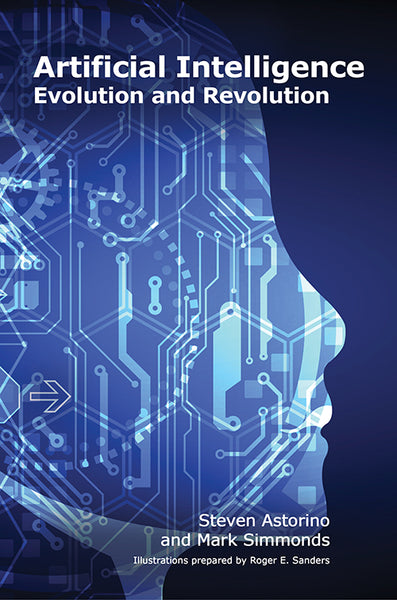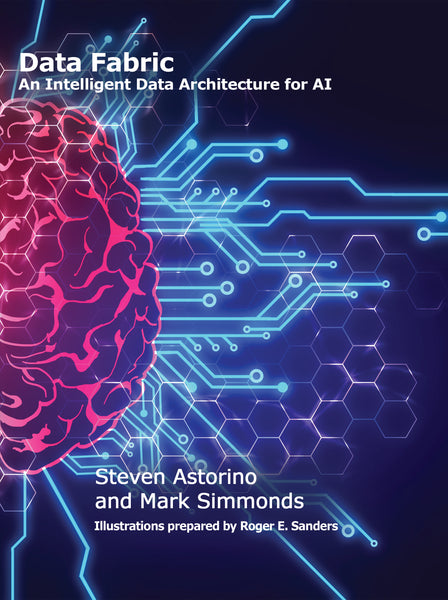The Lakehouse Effect - A New Era for Data Insights and AI
Steven Astorino, Mark Simmonds, Roger Sanders
urn:uuid:b893a46b-42f4-4990-b60e-871f3cc5bb5c
$ 15.00 $ 19.95
-
Data warehouses and data lakes each evolved to meet a set of specific technology and business needs and values. As organizations often need both, there has been increasing demand for convergence of both technologies. Thus, the lakehouse was born. A lakehouse couples the cost benefits and versatility of data lakes with the data structure and high-performance data management capabilities of data warehouses into a single unified data store that can be consistently and efficiently accessed, governed, analyzed and consumed by AI applications. Lakehouses are designed to help organizations get more from their existing investment in data warehouses and data lakes. It supports the existence of both through access to and management of a larger variety of combined data for increased flexibility, enhancing business intelligence and AI initiatives by revealing deeper insights into an organization's data estates.
Lakehouses can provide users with the following abilities:
- Understand and anticipate customer behaviors with more complete, governed insights.
- Spot patterns and trends to reduce waste and overhead through more diverse analytic and AI techniques.
- Promote auditability and transparency with metadata-powered, native data access in a governed data lake.
- Speed time to value with self-service data exploration and discovery for users.
- Increase collaboration and reduce the time and cost of managing disparate systems and tools in an integrated environment.
- Turn open-source and ecosystem investments into innovation opportunities with enterprise-ready, secure data lakes.
Lakehouses have the ability to:
- Reuse the data lake for 360-degree customer and operational intelligence, governance, and risk and compliance reporting
- Ingest and integrate with transactional, operational, and analytical data to promote a complete insight
- Extend information architectures to provide the right data at the right time on a common foundation for staging, storage, and access
- Build and maintain a data foundation that powers data cataloging, curation, exploration, and discovery needs
- Take a hybrid approach to access any data from any locations spanning years of records to real-time data
- Integrate and expand analytics across multiple data repositories to drive innovation and optimization at scale.
This book is intended for technical communities, such as developers, data scientists, and C-level IT executives, as well as business communities, such as business managers requiring self-service analytics / AI, and C-level business executives.
Upon completion of this book, you will be able to/you will:
- Understand the concepts and design of next generation lakehouses
- Learn about the essential role a lakehouse provides in delivering successful AI solutions
- Understand the business and technical benefits that a lakehouse can offer.
- Learn how a lakehouse can enhance and enrich business intelligence projects
- Understand how and why AI solutions can provide deeper insights when leveraging a lakehouse
- How a lakehouse can unify AI goverance, data governance, data management, and data fabric capabilities.
-
Steven Astorino is the Vice President of Development, Data and AI and Canada Lab Director at IBM. He is a development executive with proven transformational leadership and expertise in leading large enterprise development. He has been leading and driving the machine learning and data science strategy for IBM's analytics group. Steve has a Bachelor's Degree in Computer Science.
Mark Simmonds is a Program Director in IBM Data and AI communications. He writes extensively on machine learning and data science, holding a number of author recognition awards. He previously worked as an IT architect, leading complex infrastructure design projects. He is a member of the British Computer Society and holds a Bachelor's Degree in Computer Science.
-
Item Number: 5184
Author Name: Steven Astorino, Mark Simmonds Publication Date: March 1, 2024
Edition: 1st Edition Pages: 104
ISBN-10: 1583479074
ISBN-13: 9781583479070
Format: Paperback
Product Dimensions: 6 x .38 x 9 inches Shipping Weight: 6 ounces Language: English
Related Items
Artificial Intelligence: Evolution and Revolution
$ 15.00 $ 16.95
Product Look Inside the Book Author Bio Specifications Throughout history, machines have been introduced to society to help automate tasks, improve productivity, and reduce costs. And, in just a...
Data Fabric: An Intelligent Data Architecture for AI
$ 15.00 $ 19.95
Product Look Inside the Book Author Bio Specifications Many organizations recognize the value and benefits Artificial Intelligence (AI) can bring if implemented correctly. This topic is outlined in the...



